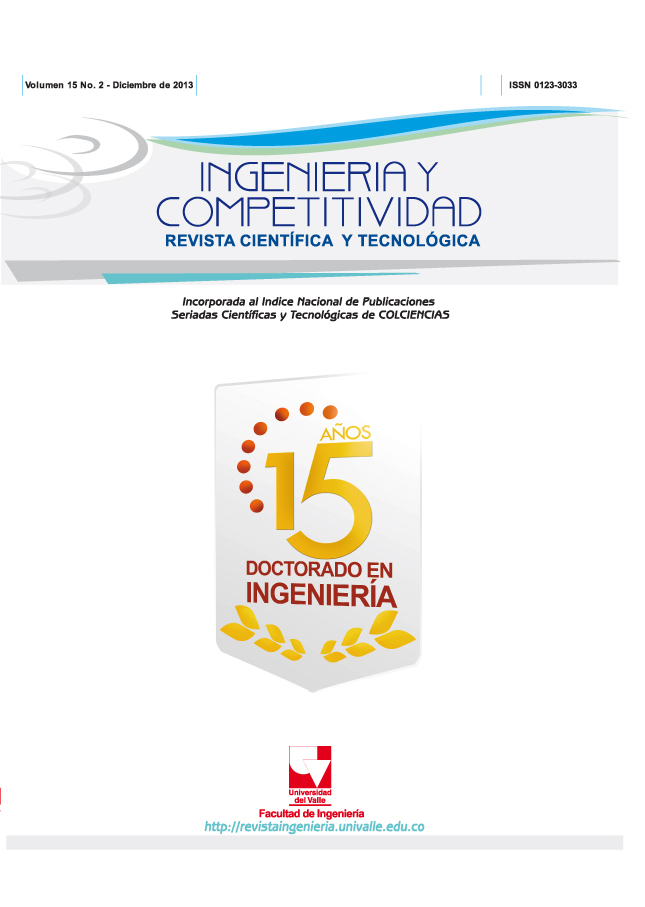Water Safety Plans: Risk assessment for consumers in Drinking Water Supply Systems
Contenido principal del artículo
El usuario final es el último componente de los Sistemas de Abastecimiento de Agua Potable (SAAP) y se caracteriza porsu vulnerabilidad frente a los peligros debido a su cercanía al punto de consumo. En este estudio se realizó la evaluacióndel riesgo en el usuario final del SAAP de la ciudad de Cali abastecido por el río Cauca, enmarcado en la filosofía de losPlanes de Seguridad del Agua (PSA), usando herramientas como la matriz de peligros/eventos peligrosos, el monitoreo decalidad de agua, la aplicación de encuestas a los usuarios y la construcción de matrices semicuantitativas para estimaciónde riesgos. Los resultados evidenciaron poca percepción del riesgo y desconocimiento de la responsabilidad del usuariofinal en la protección de la calidad del agua, lo que puede generar conductas inadecuadas comprometiendo la integridaddel sistema interno de distribución. Aunque la mayoría de variables analizadas cumplieron la reglamentación nacional,algunos puntos registraron bajos valores de cloro residual y elevado recuento de bacterias heterotróficas, lo que sugierepotenciales riesgos por presencia de biopelícula. La participación y compromiso de todos los actores involucradosson estrategias fundamentales para evitar conductas inadecuadas y reducir riesgos, además del fomento de campañaseducativas como lo indica la reglamentación nacional.
- Agua potable
- calidad del agua
- evaluación del riesgo
- Plan de Seguridad del Agua - PSA
- usuario final
Descargas
Los autores que publican en esta revista están de acuerdo con los siguientes términos:
Los autores ceden los derechos patrimoniales a la revista y a la Universidad del Valle sobre los manuscritos aceptados, pero podrán hacer los reusos que consideren pertinentes por motivos profesionales, educativos, académicos o científicos, de acuerdo con los términos de la licencia que otorga la revista a todos sus artículos.
Los artículos serán publicados bajo la licencia Creative Commons 4.0 BY-NC-SA (de atribución, no comercial, sin obras derivadas).





